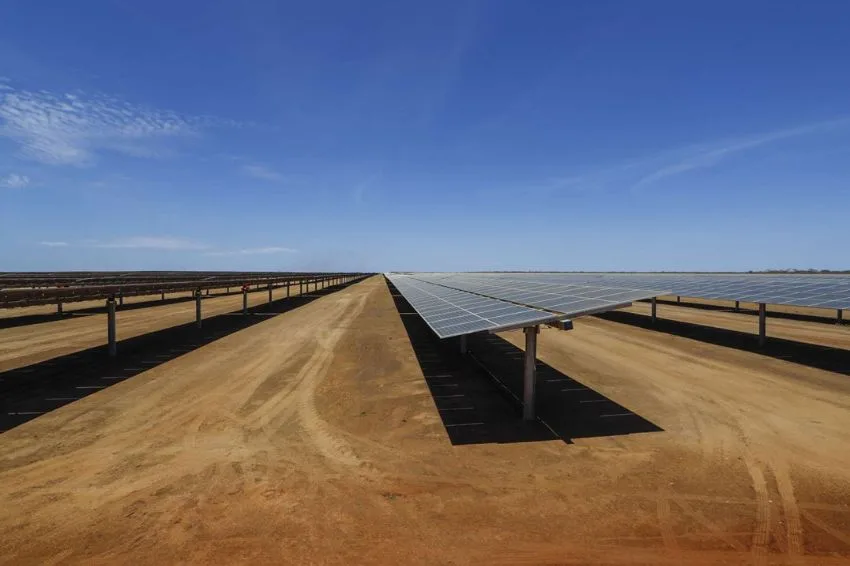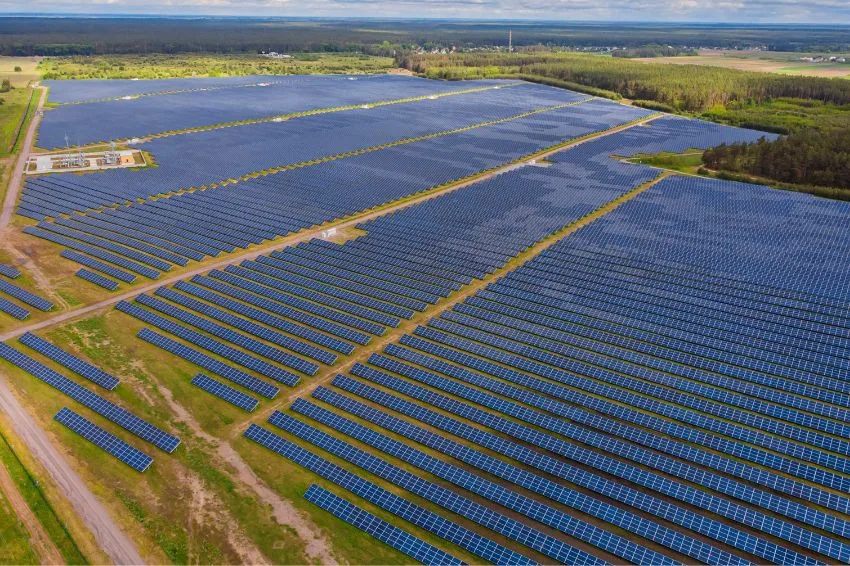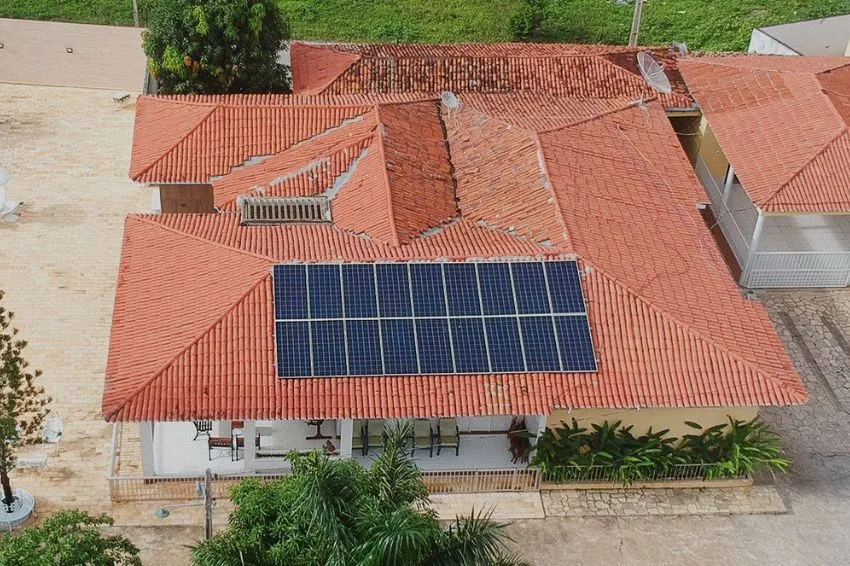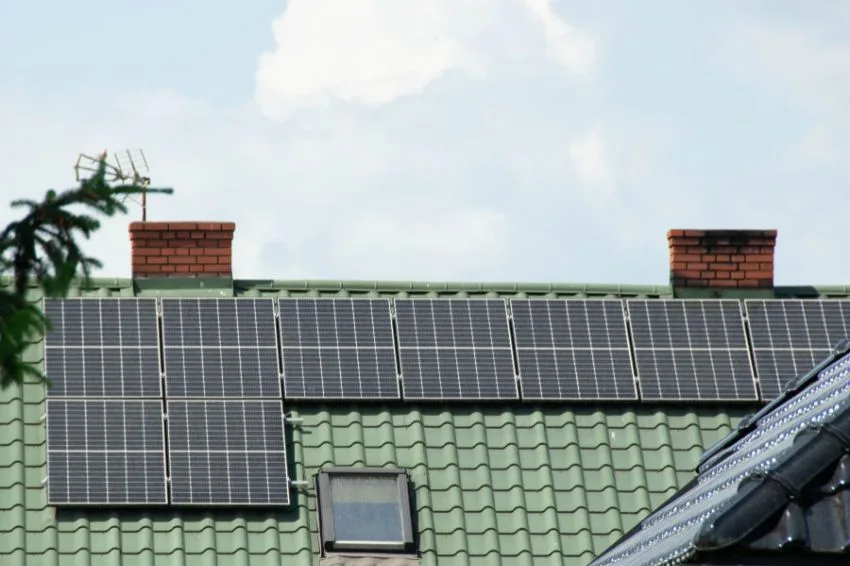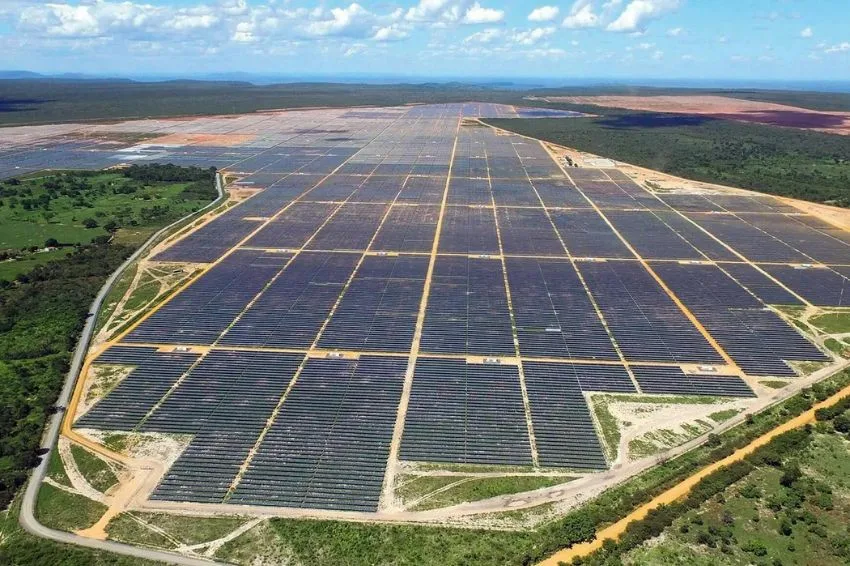Survey carried out by CCEE (Electricity Trading Chamber) pointed out that, in the last 10 years, wind farms, solar farms, hydroelectric plants and biomass added more than 50 thousand MW of power to the country's electrical grid, a volume equivalent to more than three plants the size of Itaipu, one of the largest on the planet.
"O Brazil is increasingly taking advantage of its potential in renewable energy, a scenario that should generate many opportunities in new markets, such as low-carbon hydrogen”, analyzed Talita Porto, advisor and vice-president of the organization.
“We are in a very strategic position in relation to the global energy transition. Furthermore, the growth of these sources is accompanied by technological evolution and lower production costs”, he highlighted.
According to CCEE, the power added to the system by wind farms, for example, has grown more than seven times in the last 10 years, making it the second main source of energy in Brazil.
Photovoltaic solar plants currently number around 300 projects spread across Brazil, representing almost 9 thousand MW in installed capacity.
The greater participation of these sources in the energy matrix also helps to complement the energy supply in the SIN (National Interconnected System) and to preserve the level of water reservoirs, especially in periods of water scarcity.


In the regional assessment, the study highlights that the expansion of the wind segment was most significant, especially in Bahia, which gained 275 new projects in the last decade and today leads with the largest number of plants.
With regard to photovoltaic technology, it has developed most in Minas Gerais and today has 74 local systems, keeping the state at the top of the ranking.
The scenario of hydroelectric plants has also changed, with the entry of almost 300 new plants in recent years, notably Small Hydroelectric Plants (PCHs), which are plants with a reservoir of up to three square kilometers, and Hydraulic Generating Plants (CGHs), with maximum power of up to 1 MW.
However, hydraulic projects remain concentrated in Minas Gerais, São Paulo, Santa Catarina and Rio Grande do Sul. Most of the biomass plants, which use sugarcane bagasse as raw material, are located between São Paulo, Mato Grosso and Mato Grosso do Sul, regions where the sugarcane industry has a greater presence.






